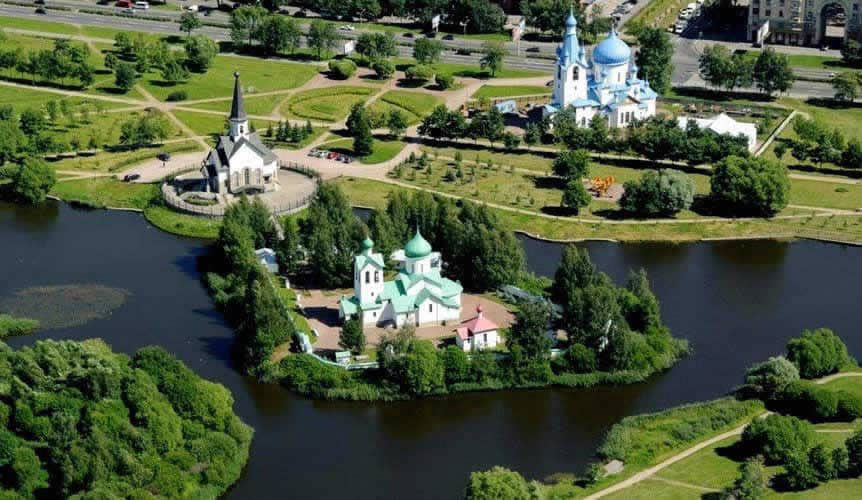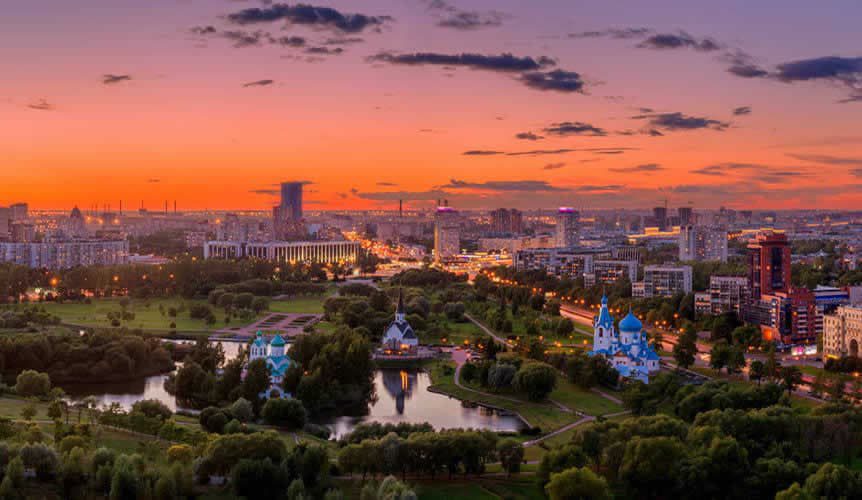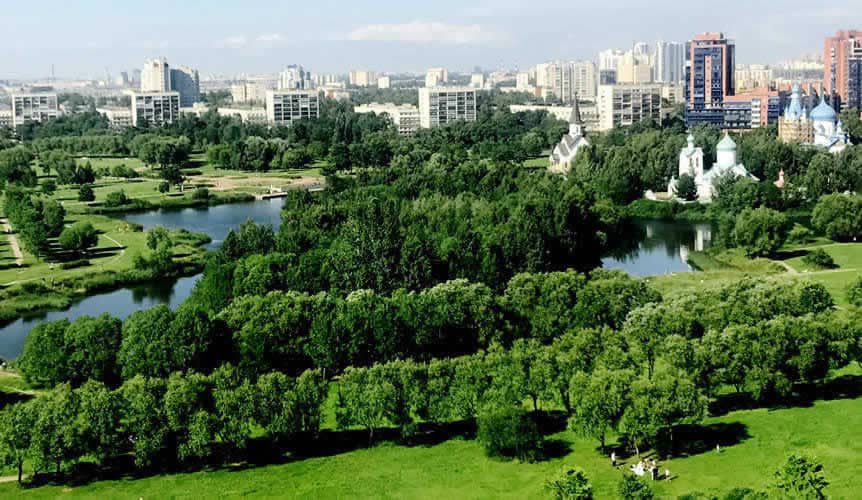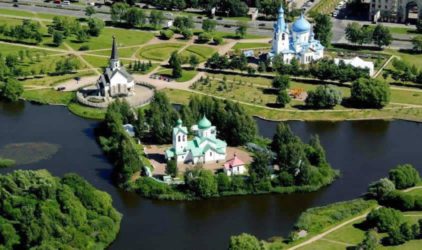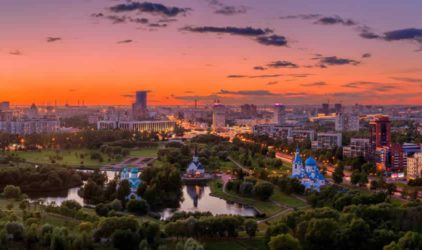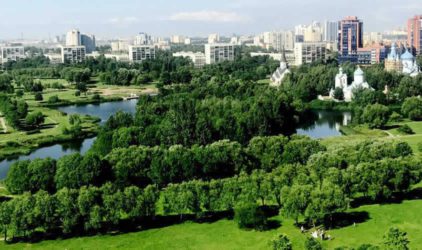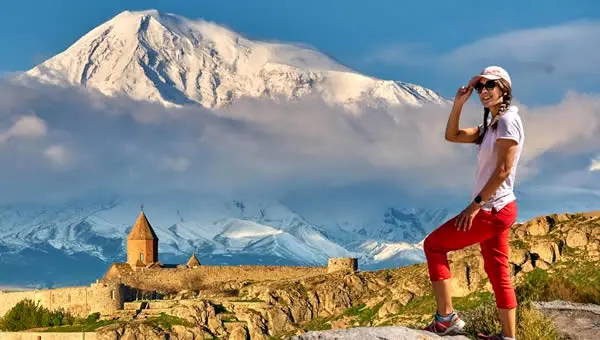Russian winter is a special time of the year, which in many ways determines the way of life and culture in Russia. The winter period in the country lasts for a long time and is characterized by severe weather conditions: frosts, snowfalls and winds. This time of year embodies not only the cold, but also many traditions, customs and activities associated with the winter lifestyle. Russian winters can be extremely cold, especially in Siberia and northern regions, where temperatures can plunge well below freezing for long stretches of time. Even central Russia experiences harsh winter conditions, with snow and freezing temperatures being common from December to February. Winter traditions and occupations in Russia:
Winter games and outdoor activities
Winter games and outdoor activities are an important part of the Russian winter. Many families go outdoors on weekends or holidays to go sledding, skiing, or snowboarding. Horse-drawn sleigh rides are especially popular, which is a traditional winter pastime.
Christmas Eve and Christmas Day:

You might be surprised by the unique traditions that make the Russian Christmas season (Svyatki) so special. Celebrating Christmas in Russia means experiencing the solemn beauty of Orthodox liturgies and hearing traditional kolyadki (carols).
But you’ll also get to savor holiday treats like kutya and pryaniki. And all of this is while embracing the snow-filled atmosphere of a Russian winter.
In the evening, people attend church services and spend time with their families.
Frosts and baths:

This is a tradition that has survived the centuries. It is especially popular to steam in the banya in winter, when after the steam room they go out into the fresh air, perhaps even dousing themselves with snow or jumping into an ice-hole.
Banya is unique, with relatively high humidity that can even reach 100 degrees. The Russian Banya is an indispensable part of the lives of ordinary people in Russia and is also the “way of hospitality” for Russian people.
Maslenitsa (Russian “pancake week”):

Maslenitsa is the brightest, funniest and most entertaining of Russians holidays. Its history goes back to pre-Christian Russia: the main ritual of Maslenitsa is the burning of the straw figure of the Winter – an echo of pagan rituals.
The holiday includes various games, festivities, sledding, and most importantly, eating pancakes. Maslenitsa completes the winter cycle of holidays and symbolizes the transition to spring.
Ice Fishing In many parts of Russia:

This practice is not only a way of catching food but also an important social tradition. Ice fishing can involve entire families or groups of friends spending the day on the ice, bonding over the activity.
A true fisherman is undaunted by the polar weather: having frozen in the first hours, he then gets a “second wind” and stops freezing. Many fishermen even prefer to hold their rods barehanded.
The cold and the vodka, which is drunk for prophylactic purposes, give the face of a genuine winter fisherman a characteristic red tint, and his whiskers are covered with frost from his breath.
Winter cuisine:

In winter in Russia it is customary to prepare hearty dishes that help to warm up on cold days. These include borsch, shchi, pelmeni and various porridges.
Also important dishes are considered a variety of pies and homemade pastries, and for tea parties prepare honeydew, gingerbread and other sweets.
The atmosphere of Russian winter
Russian winter in the eyes of many is associated with peace and quiet. Snow-covered landscapes, frosty morning dawns, bright sun on the background of snow create a feeling of solitude and peace. However, winter also requires people to be especially hardy and prepared for harsh conditions. Despite this, for many it is a time of family traditions, socializing and celebrations.
Read also: The largest country in the world



